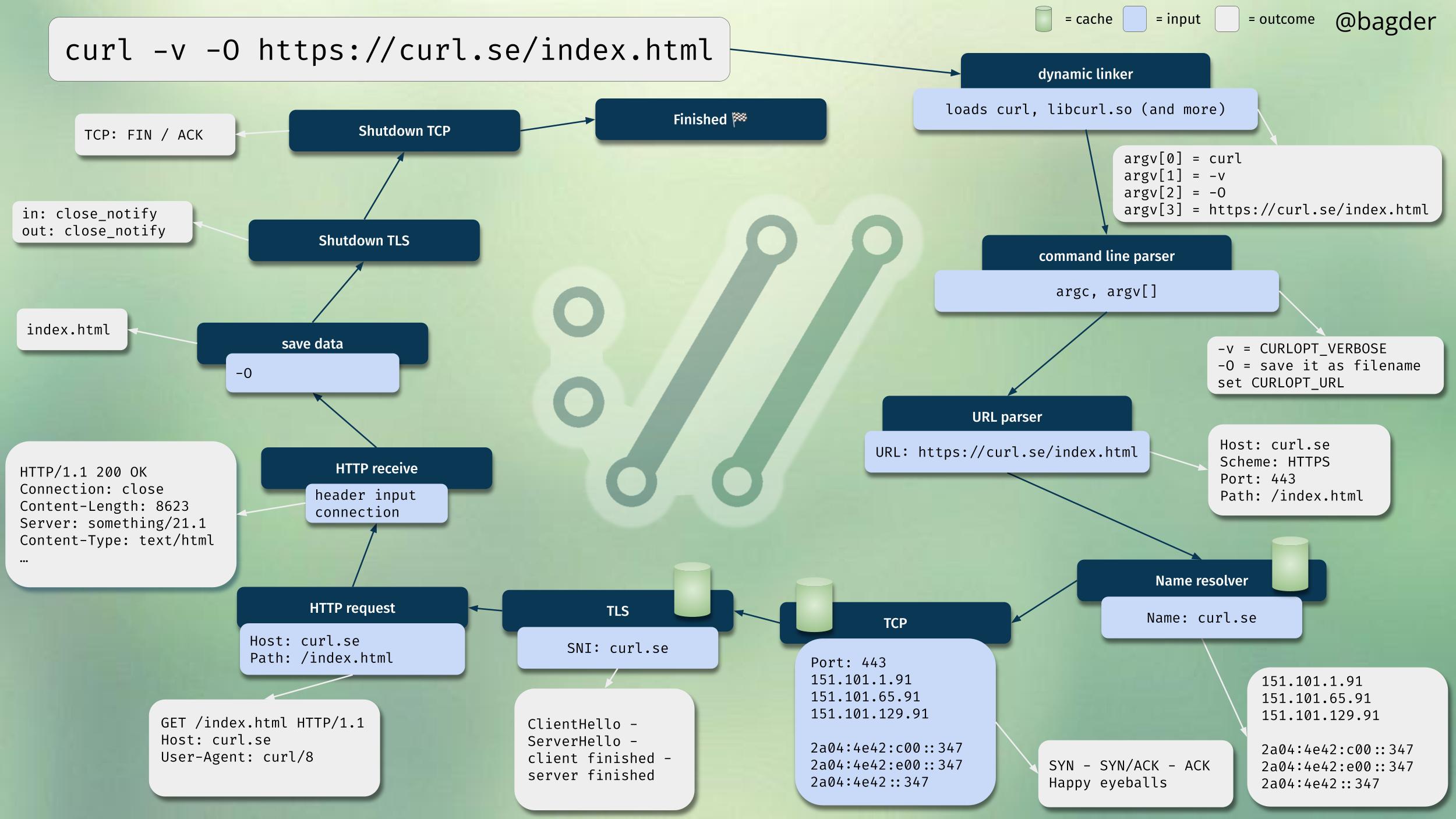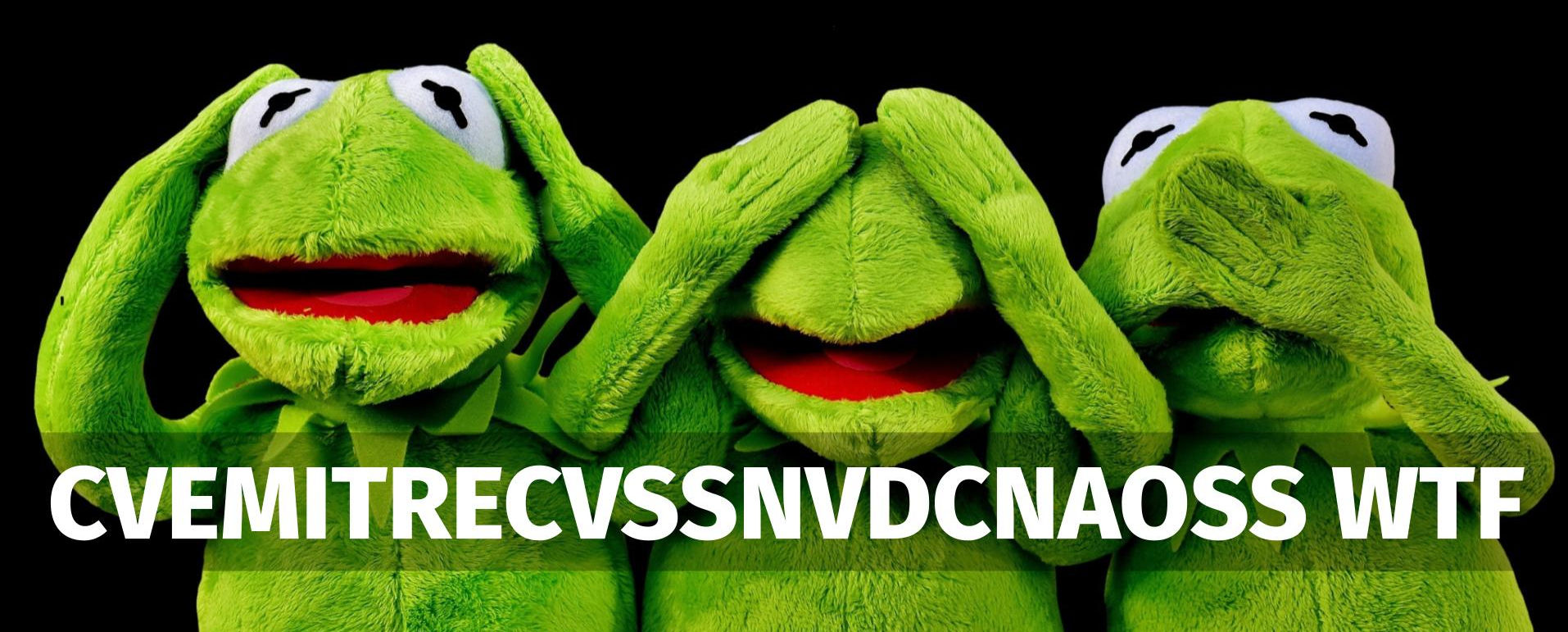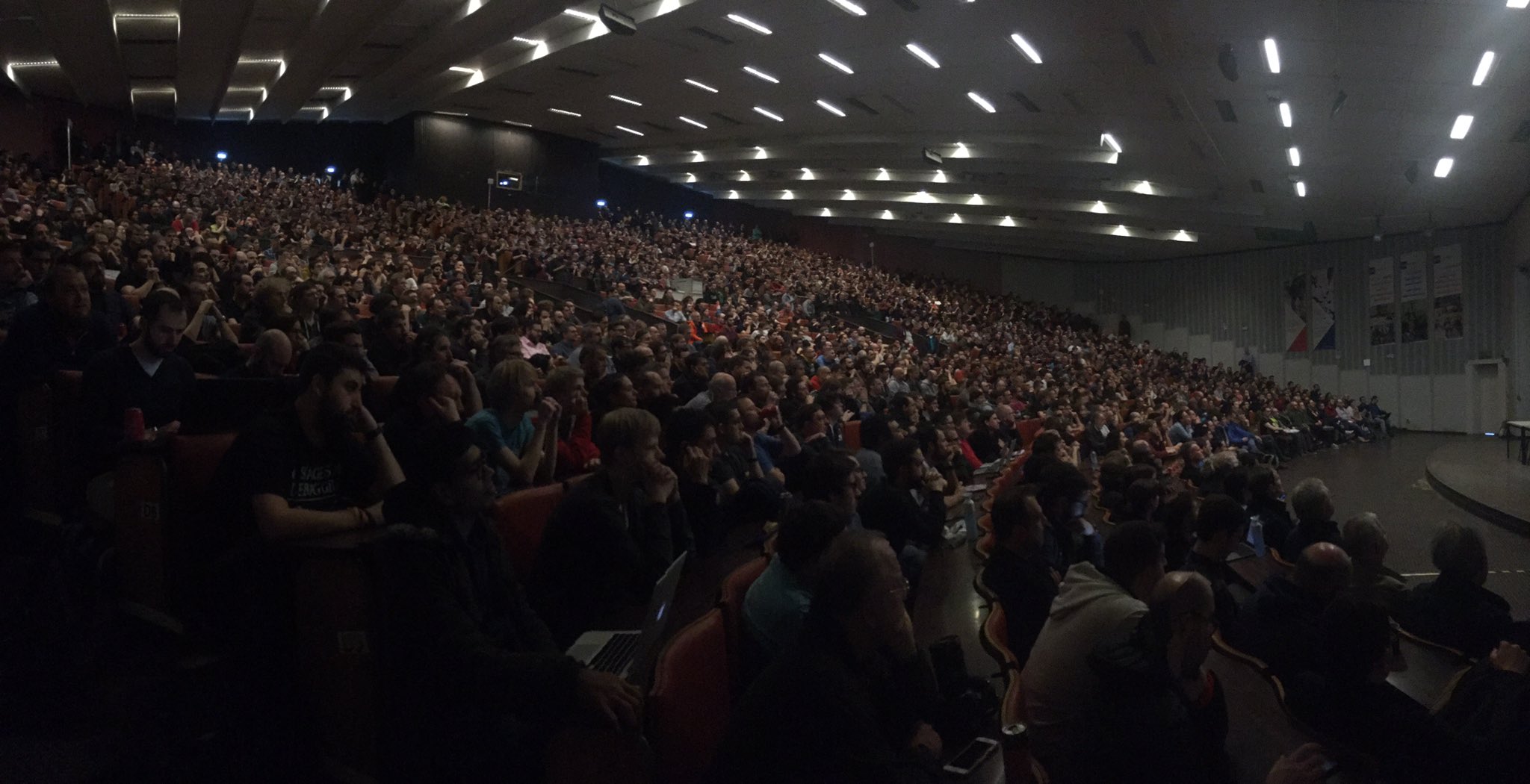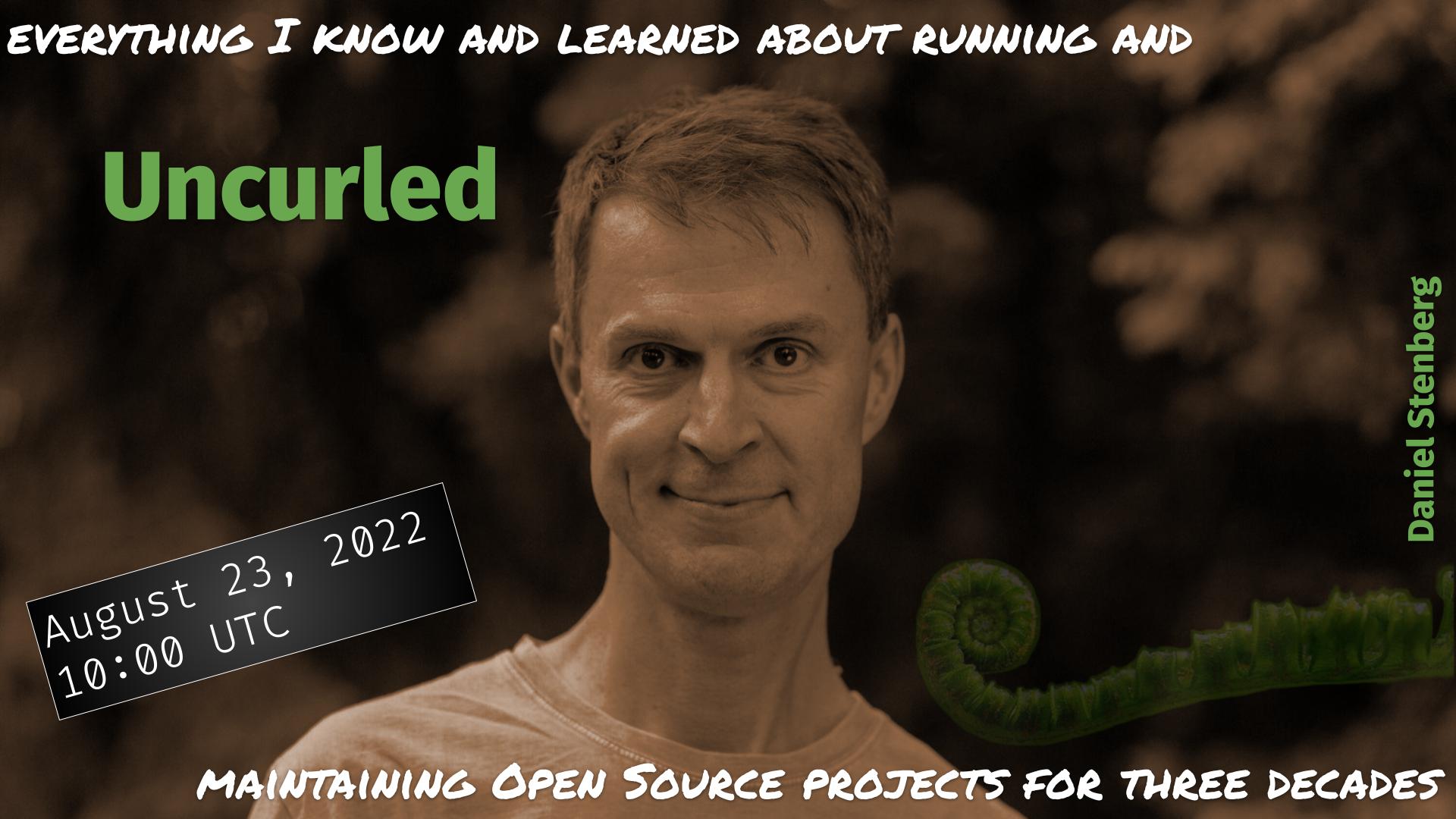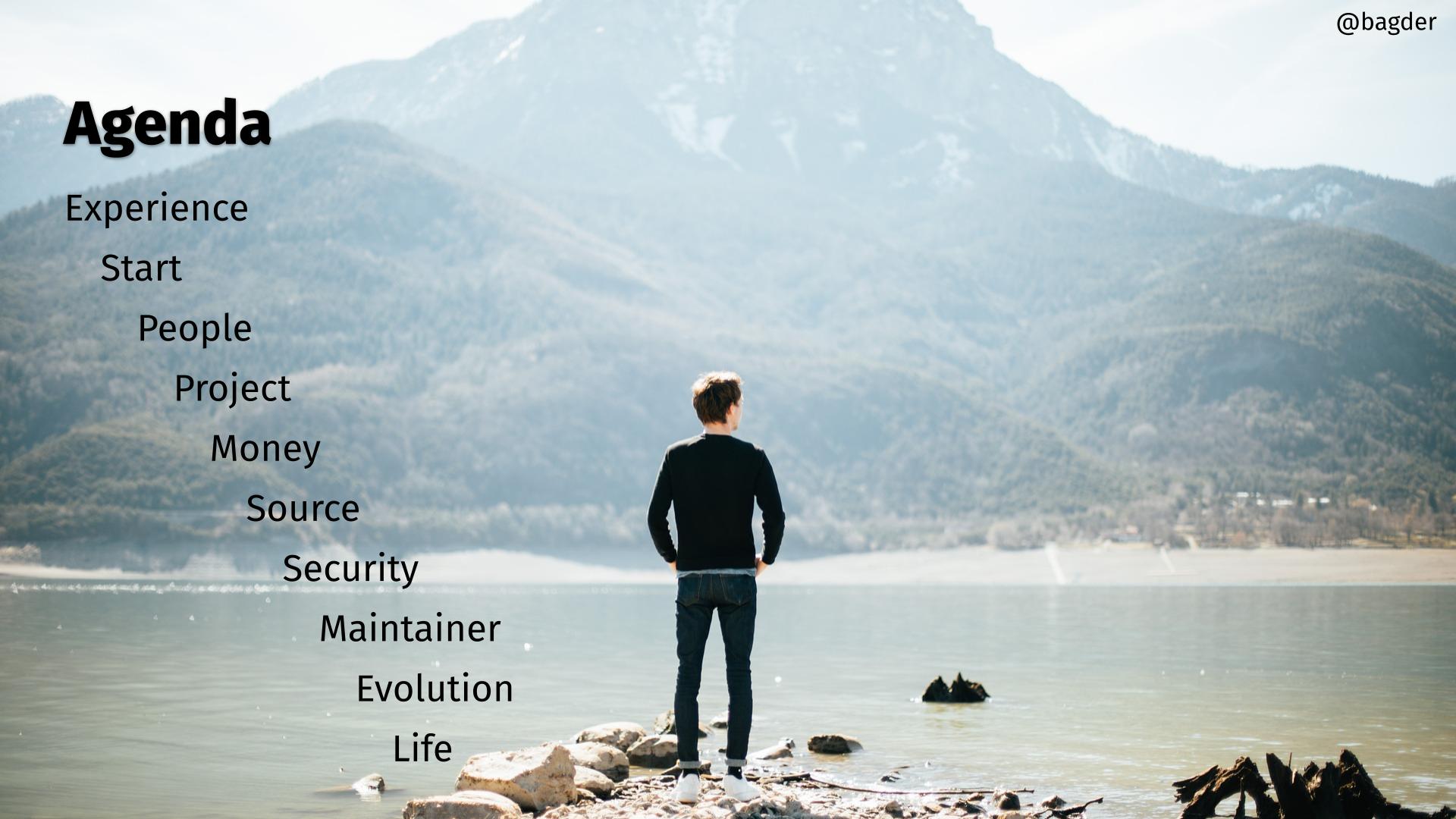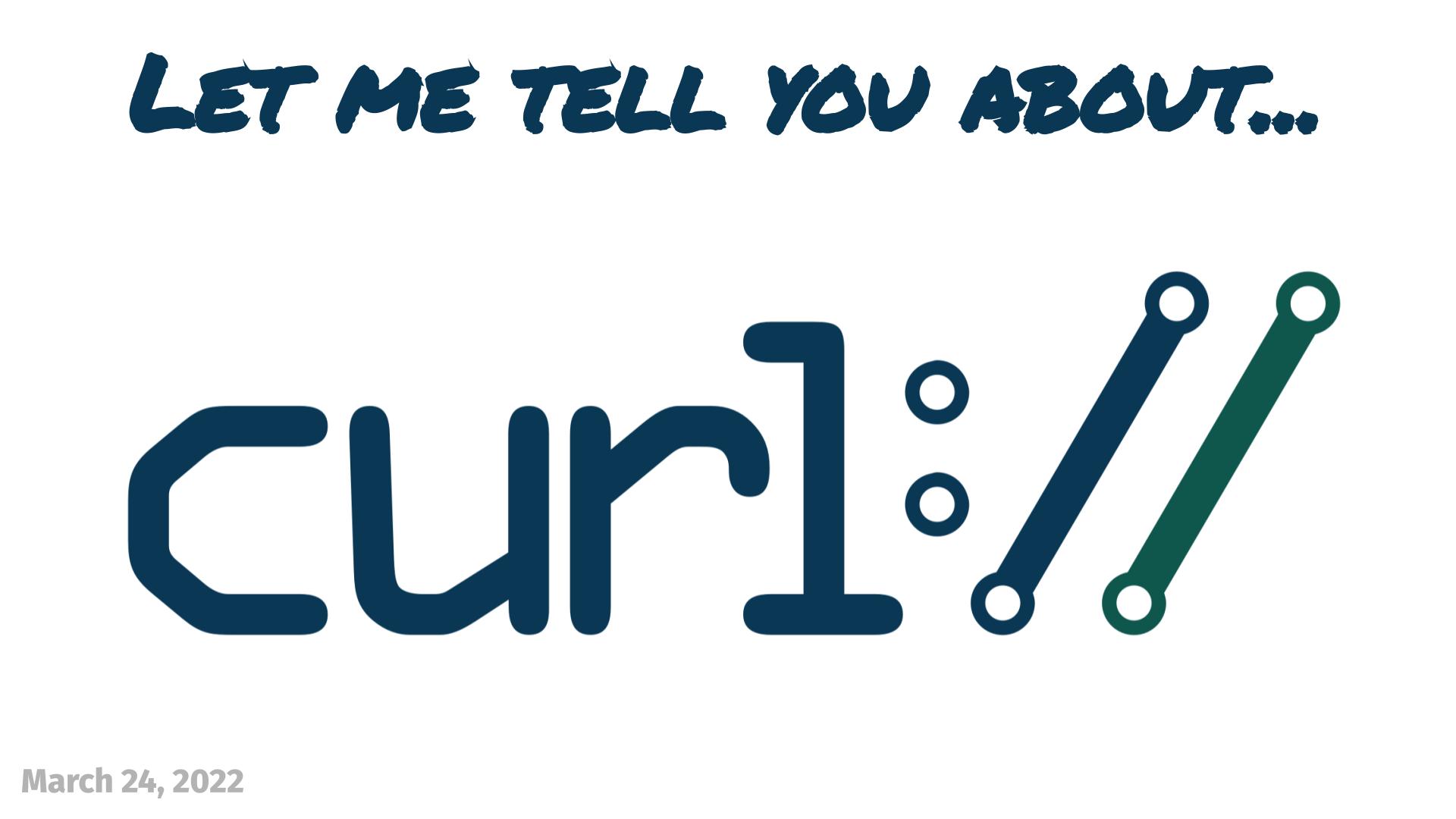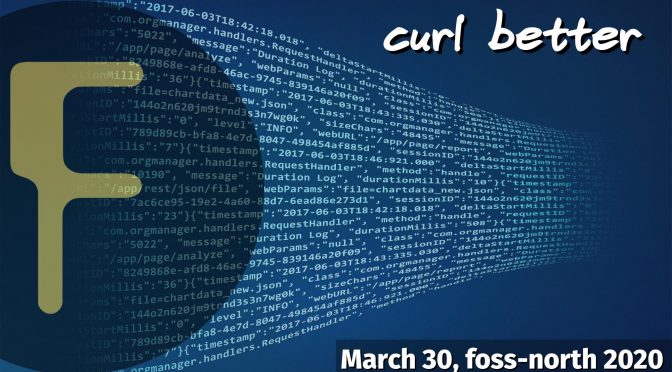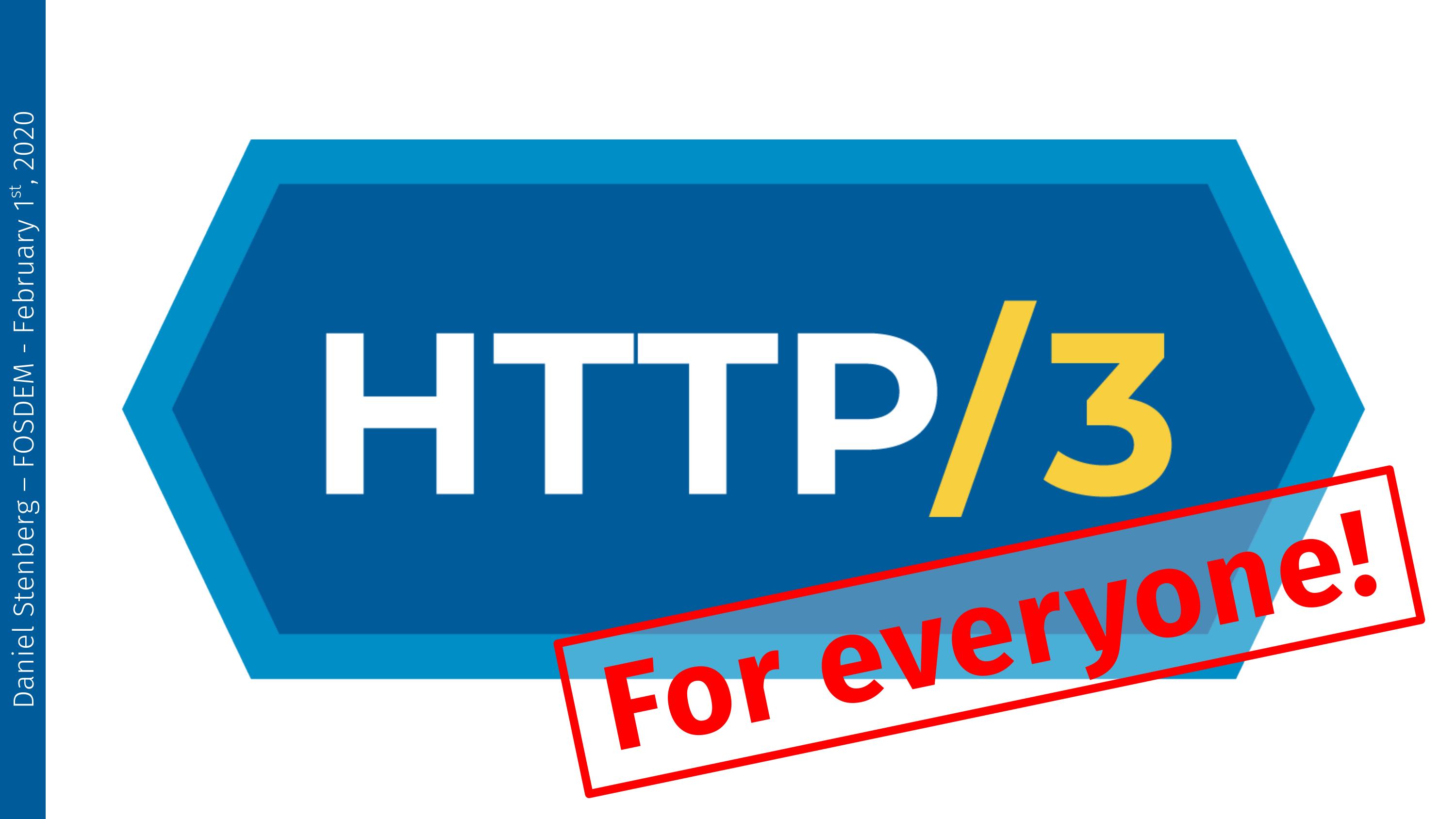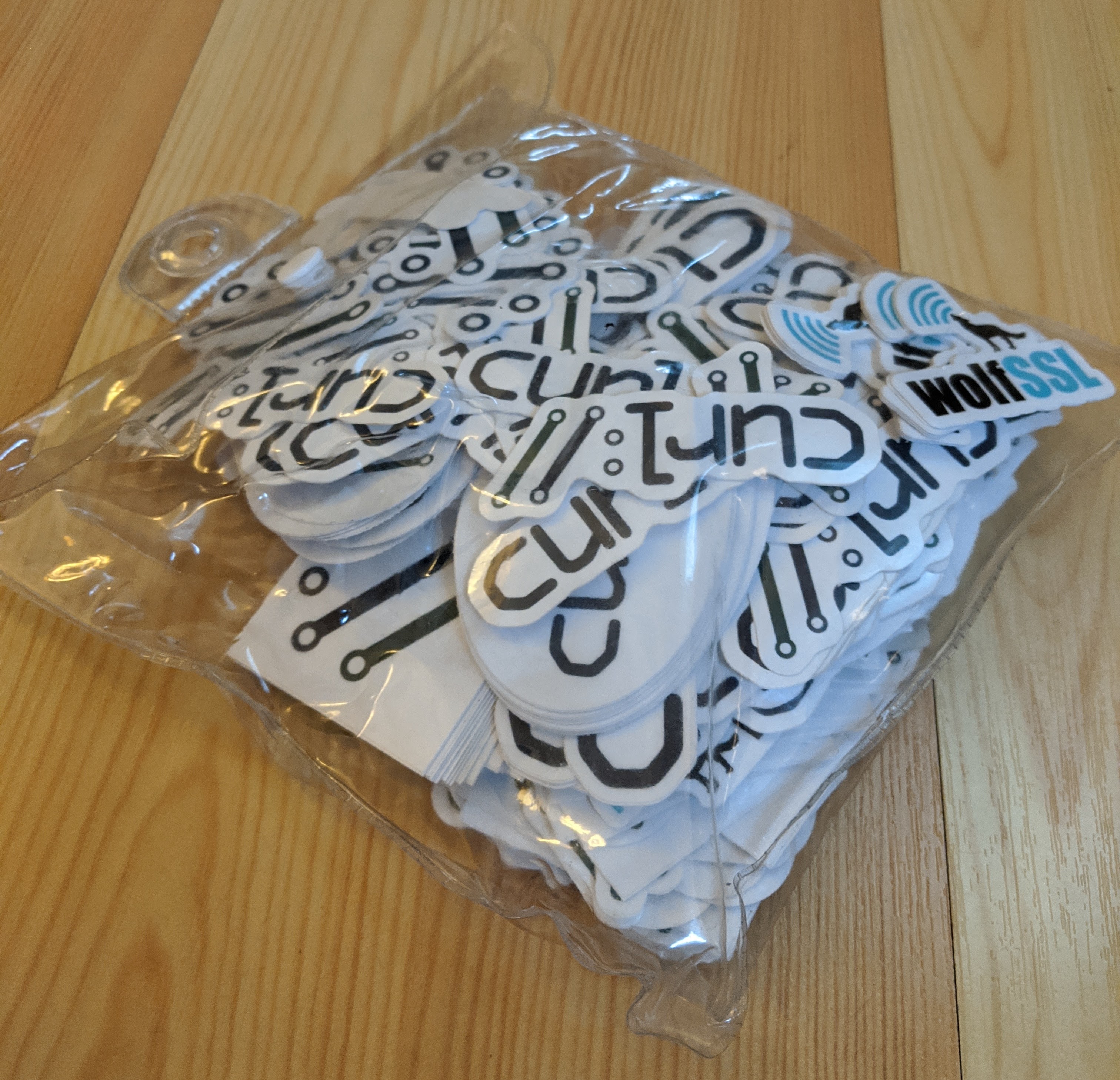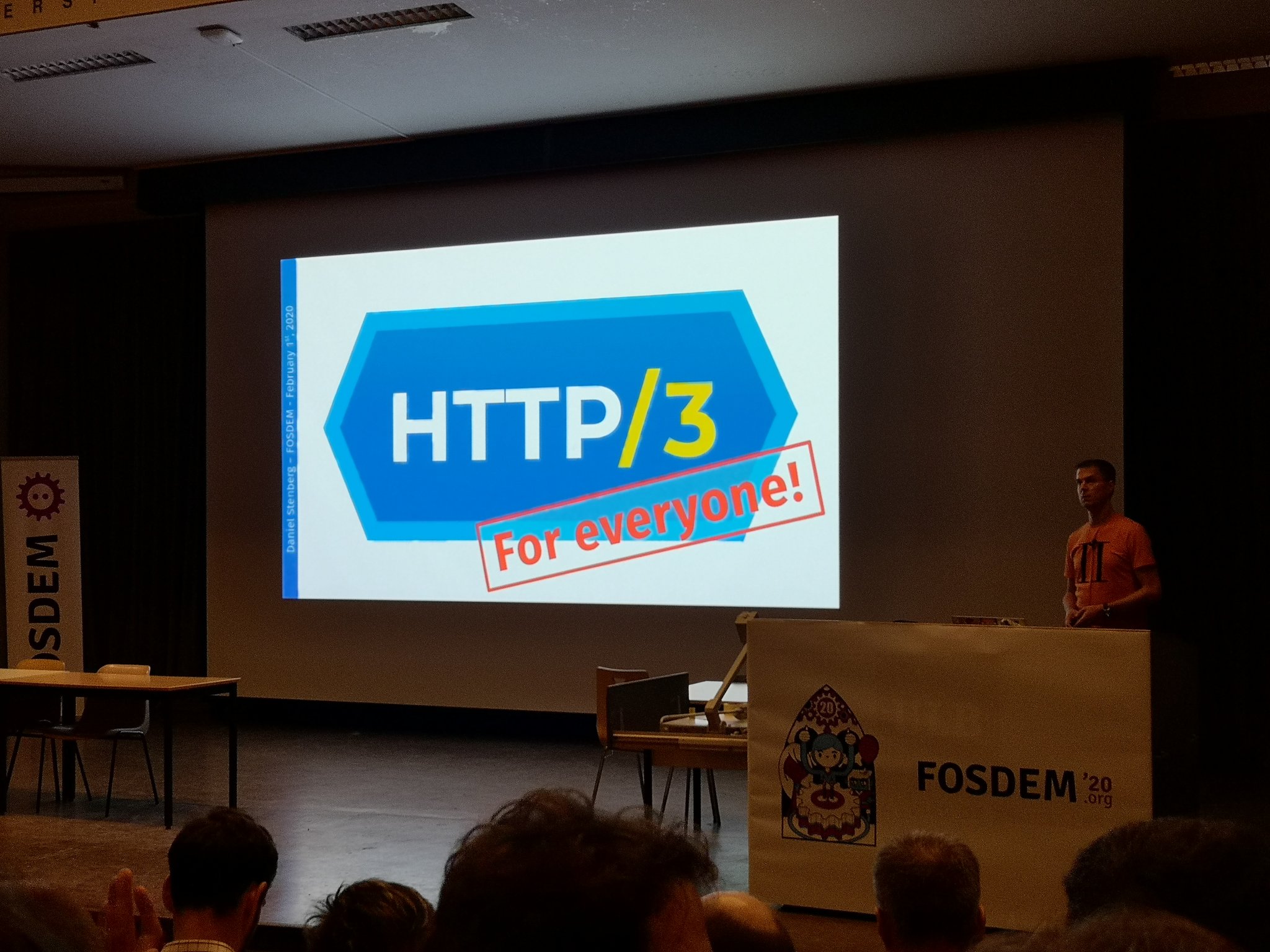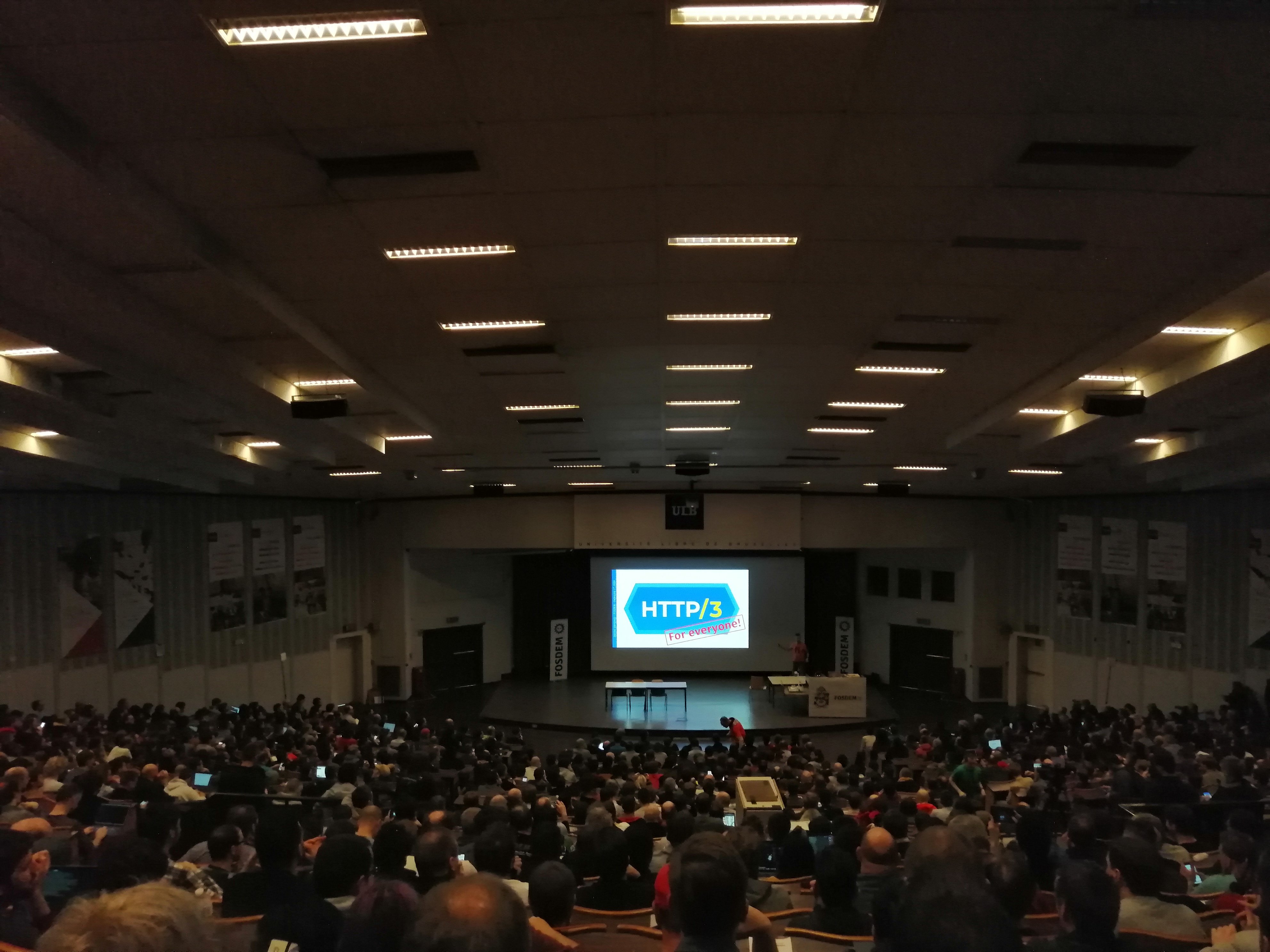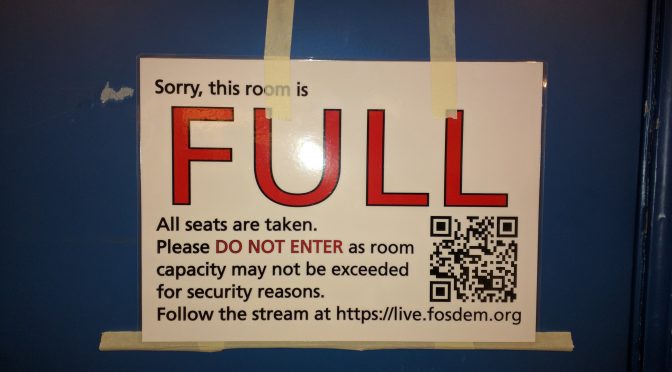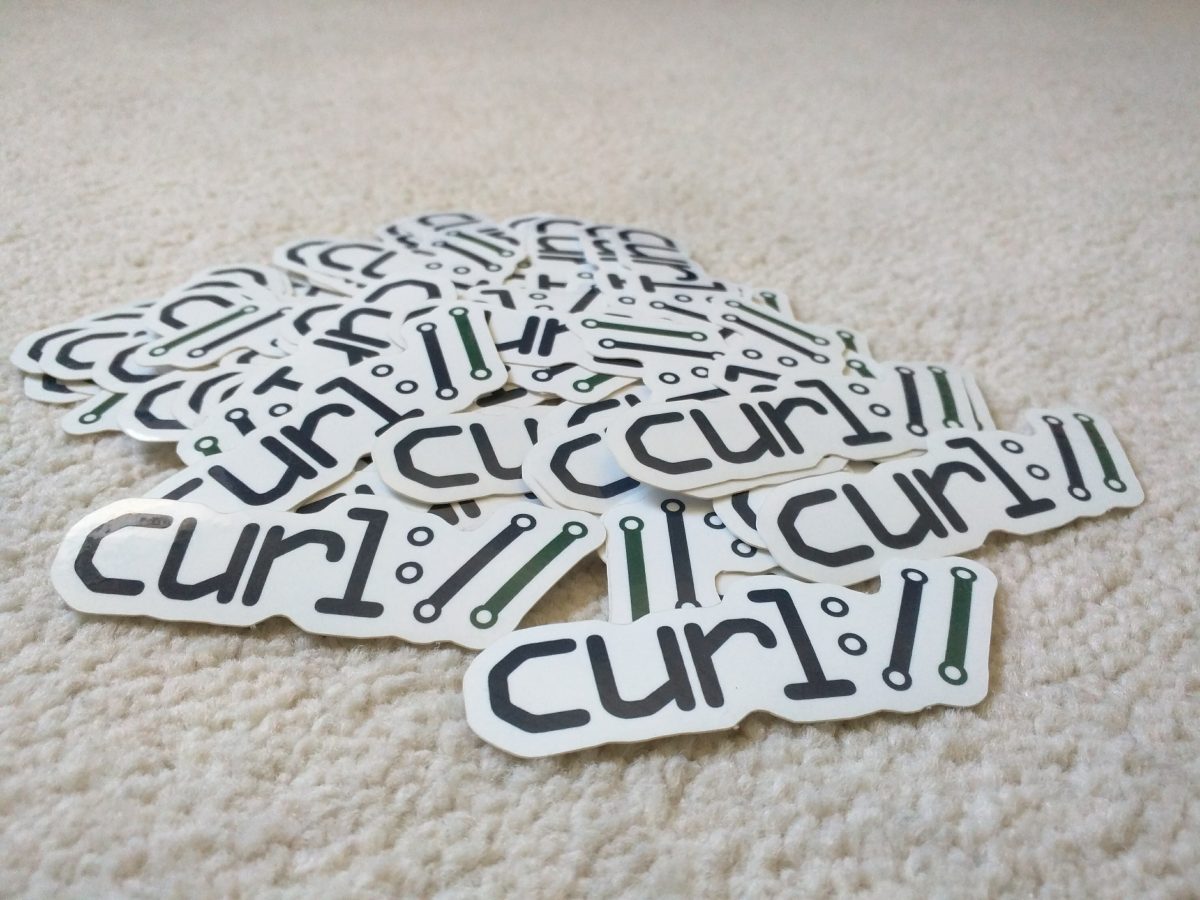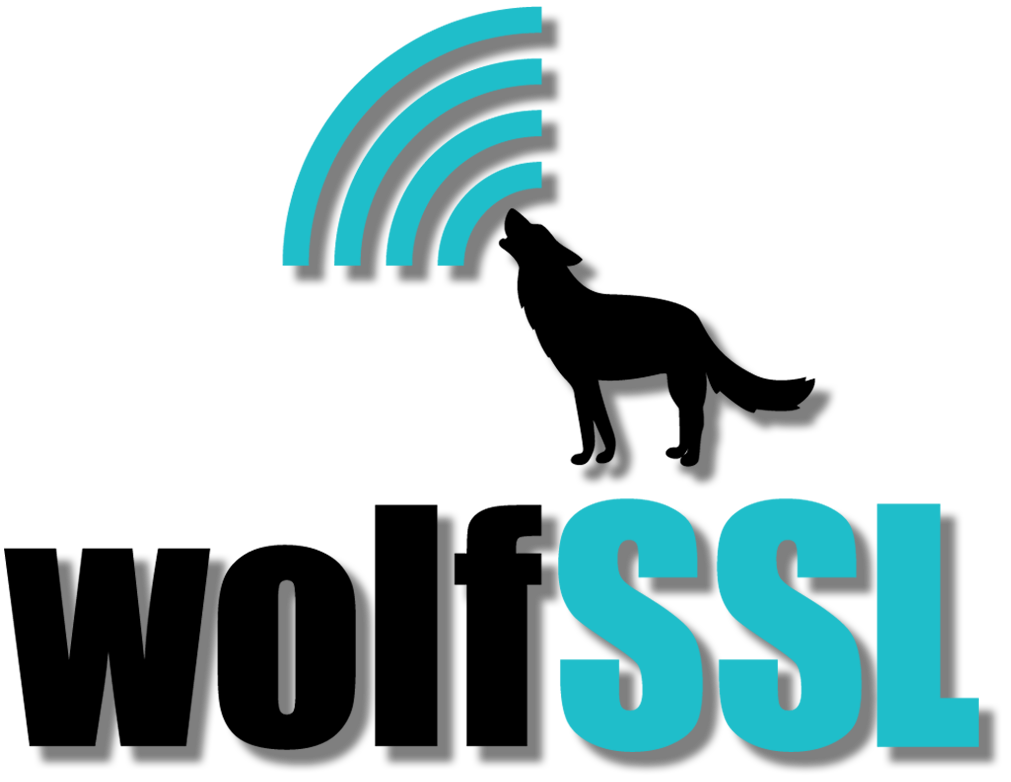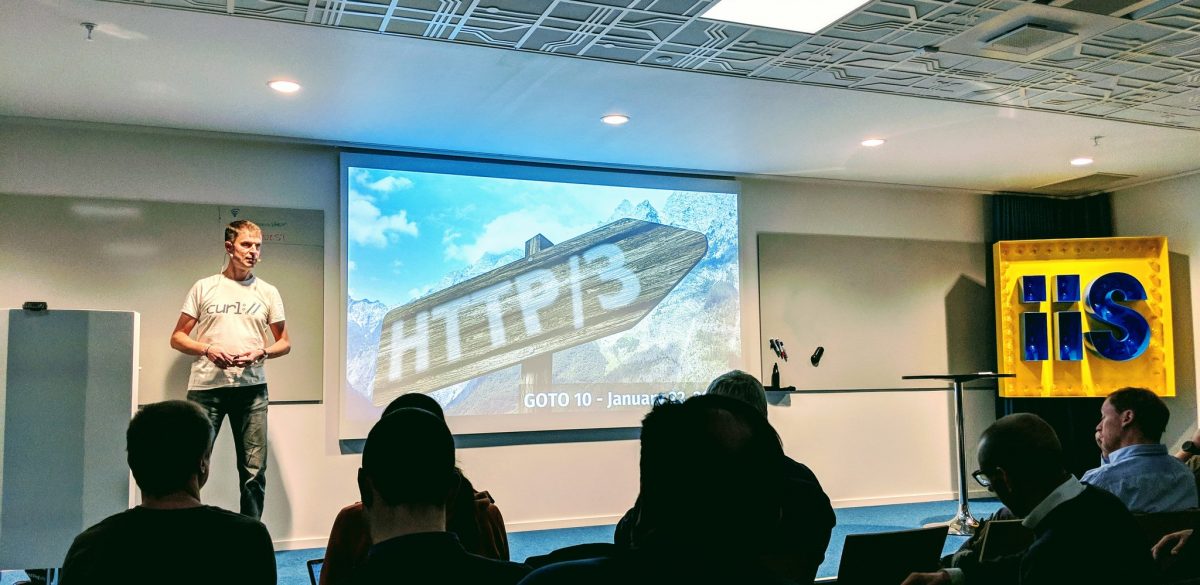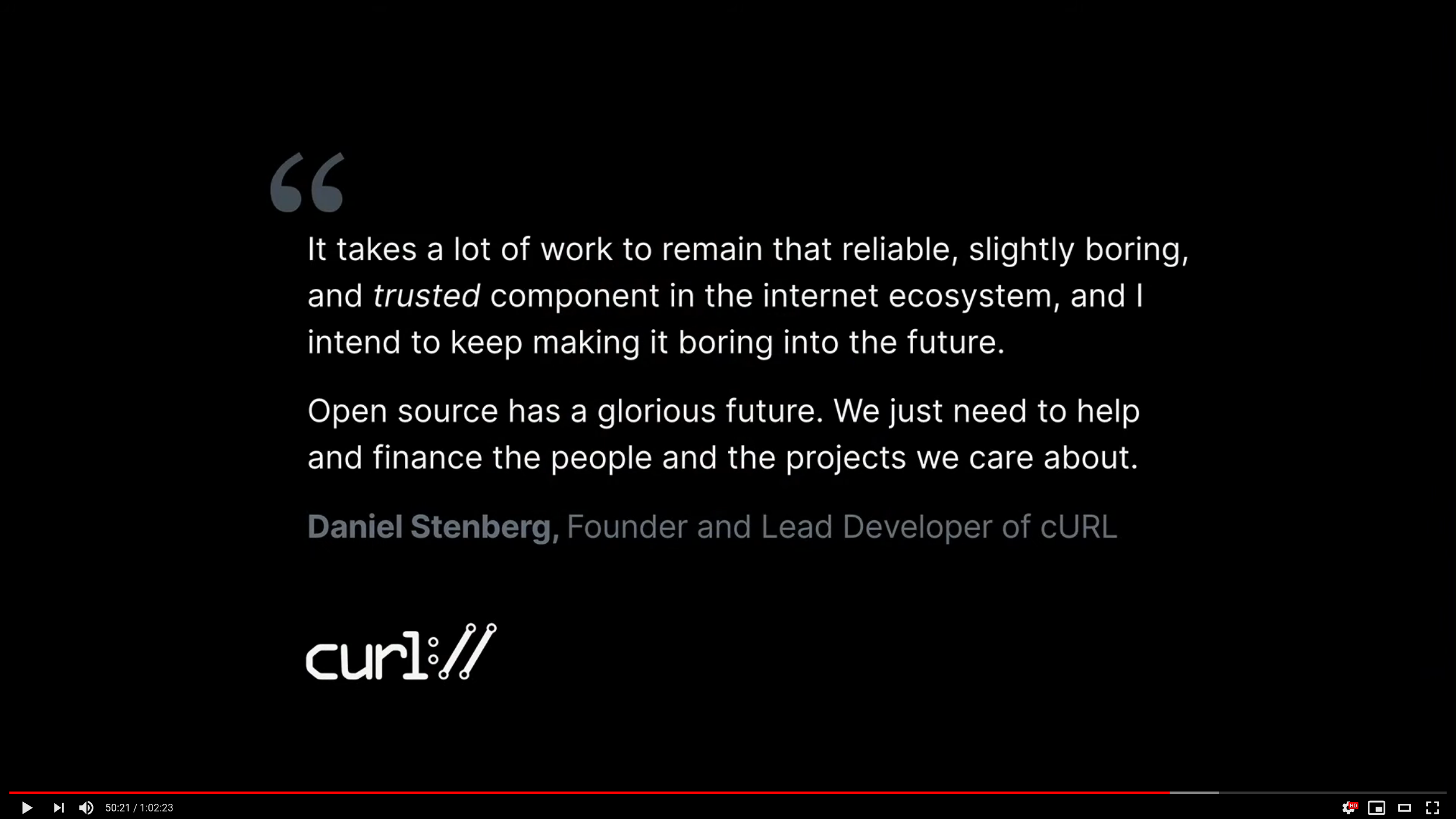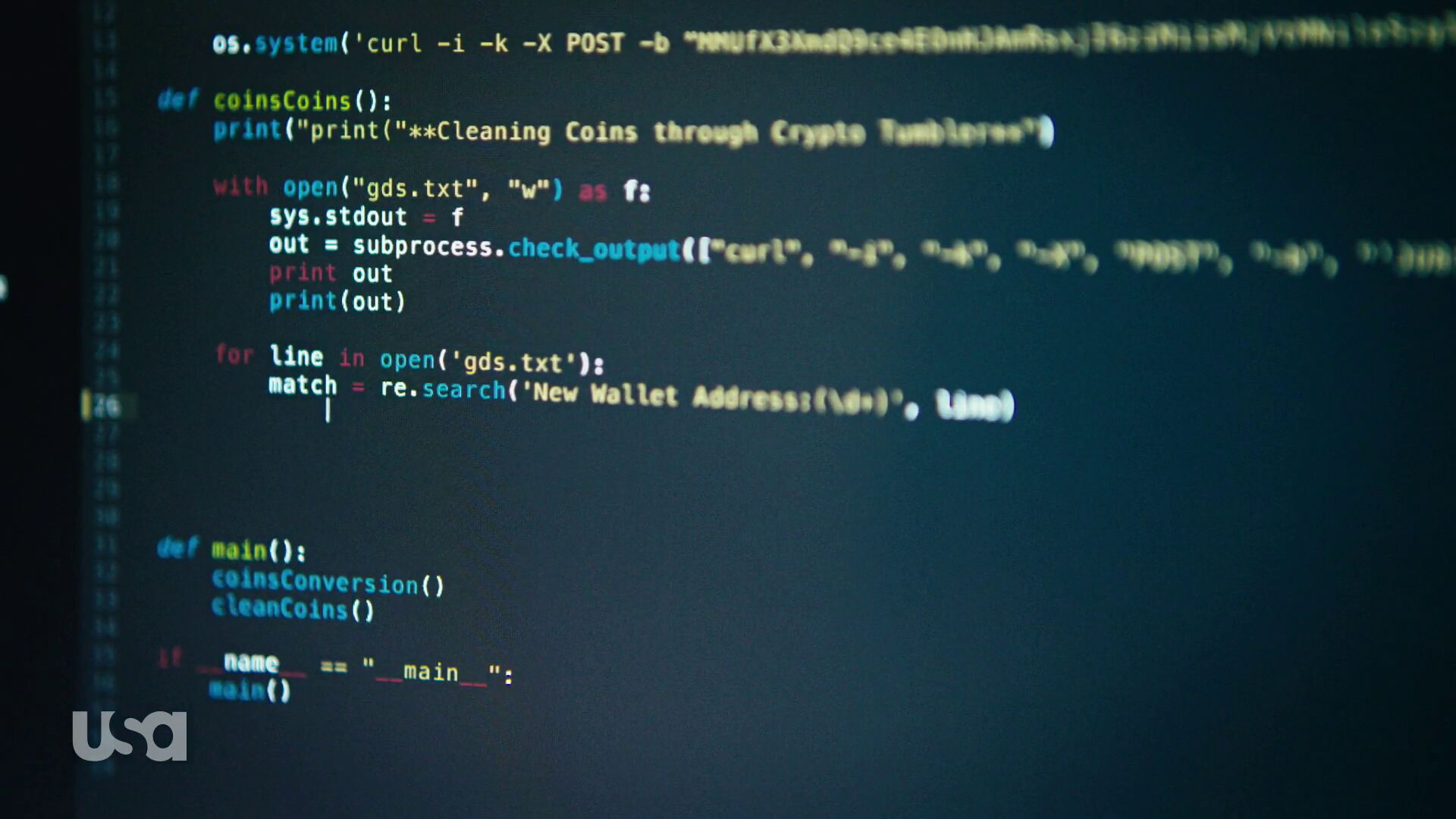I attended FOSDEM for the first time back in 2010. I have since been back and attended every single physical version of the conference since then (remember that it skipped a few years in the COVID days).
FOSDEM is my favorite conference no doubt.
I did a presentation in the embedded dev room in 2010. I have in fact talked in front of audiences almost every year and some years I did it more than once.
Stickers and coasters
If you are interested in getting a curl sticker or two, this is a great opportunity. I will bring a senseless amount of curl stickers in different flavors and sizes so that hopefully everyone who wants one can get one. Find me at FOSDEM to get one. Or find the wolfSSL stand (K building level 1), where I will stock up stickers and also spend time every once in a while.
You can find me at the wolfSSL booth following my talks. Saturday 11:30 – 13:00 and Sunday 11:00 – 13:00.
I will also bring fancy PCB-style coasters. You must have a commit merged in curl’s source repository to be eligible to one of those beauties receive from me.
Feel free to email or DM me on Mastodon or something for syncing.
Broom not included: curling the modern way
That’s the title of my talk in the Network devroom. It is scheduled to take place at 10:50 on Saturday February 3rd. In room UB5.230.
The talk is set to take 20 minutes (including questions). My presentation abstract from when I still naively thought I could get 40 minutes describes the talk like this:
Everyone uses curl, the Swiss army knife of Internet transfers. Earlier this year we celebrated curl’s 25th birthday, and while this tool has provided a solid set of command line options for decades, new ones are added over time This talk is a look at some of the most powerful and interesting additions to curl done in recent years. The perhaps lesser known curl tricks that might enrich your command lines, extend your “tool belt” and make you more productive. Also trurl, the recently created companion tool for URL manipulations you maybe did not realize you want.
I will have to make some tough decisions on what of all this that I can actually include…
You too could have made curl
This talk has been accepted on the main track, but is not yet scheduled.
The talk is 50 minutes. It happens at 10:00 Sunday February 4th in room K1.105 (La Fontaine).
Daniel has taken the curl project to run in some 20 billion installations. He talks about what it takes to succeed with Open Source: patience, time, ups and downs, cooperation, fighting your impostor syndrome – all while having fun. There’s no genius or magic trick behind successful open source. You can do it. The talk will of course be spiced up with anecdotes, experiences and stories from Daniel’s 25 years of leading the curl project.
More
I proposed a talk titled “HTTP/3 – why and where are we” in the Web Performance devroom but it was not accepted.
I will update this post with more info as such becomes available.
